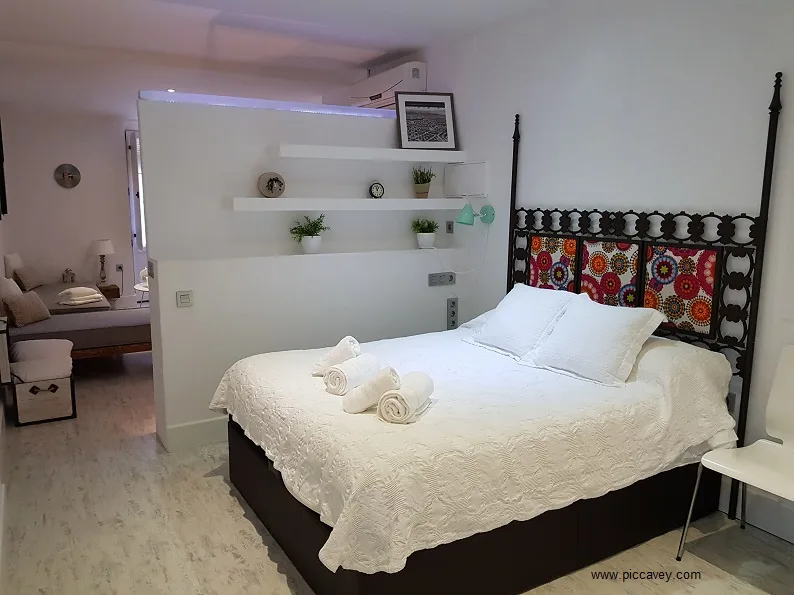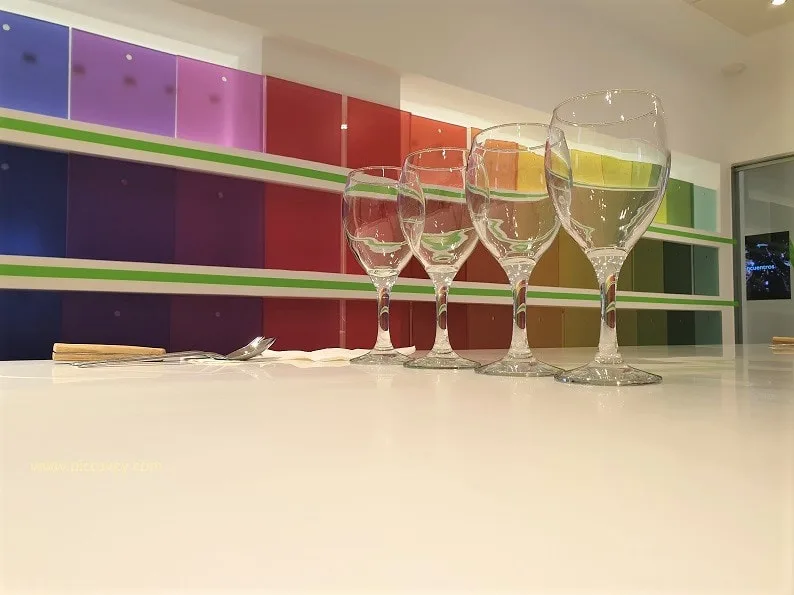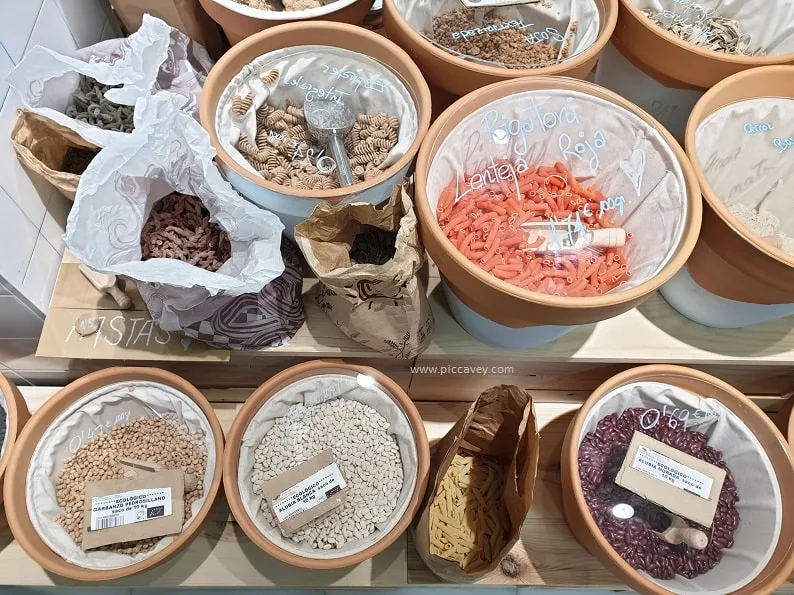Indoor photography can be difficult for many photographers, particularly those who are just starting out. It presents a unique set of challenges that can make it difficult to capture the perfect shot. Unlike outdoor photography, which benefits from natural light and a constantly changing landscape. Shooting indoors requires careful consideration of lighting, composition, and camera settings. Looking at some of the key challenges of indoor photography in this post and sharing essential tips and techniques for capturing stunning photos.
Challenges of indoor photography
One of the biggest challenges of indoor photography is dealing with limited space and restricted movement. Unlike outdoor photography, which allows you to move around freely and capture a wide range of perspectives. Shooting indoors often requires you to work within a confined space and make the most of limited angles and viewpoints. This can be particularly challenging when shooting portraits or still lifes, where you need to create a sense of depth and dimensionality within a small space.
Another challenge of indoor photography is dealing with the limitations of your camera equipment, particularly in low-light situations. While modern digital cameras, like the Sony A6400 or the Sony A7 IV are capable of capturing stunning images in challenging lighting conditions, most can still struggle in dimly-lit settings or when working with complex lighting setups. This can result in noise, blur, and other quality issues that can detract from the overall look and feel of your photos. To overcome these challenges, it’ s important to invest in high-quality equipment and learn how to use it effectively.

Setting up indoor photography shoots
Whether you’re shooting in a studio or in your own home. The key to success is to be prepared and to have a clear plan for what you want to achieve. Here are a few essential tips for setting up for an indoor shoot:
● When choosing a location for your indoor photography shoot, look for a space that offers plenty of natural light or that can be easily lit with artificial lighting. Avoid cluttered or distracting backgrounds, and make sure there’s enough space to move around and adjust your camera angles.
● Experiment with different camera angles and perspectives to add depth and dimension to your photos. Try shooting from above, below, or at eye-level to create unique and interesting shots.
If you are a content creator, it is a good idea to invest in a camera with a touch-capable swivel screen, like the one in the Sony ZV-E10, which gives you more freedom to shoot from different angles and allows for easy framing and monitoring.

Composition + framing indoors
When it comes to indoor photography, composition and framing are key, as they can have a big impact on the overall look and feel of your photos. Here are some essential composition and framing techniques to keep in mind:
● The rule of thirds is a classic composition technique that involves dividing your frame into thirds
and placing your subject at one of the intersecting points. This creates a balanced and visually appealing composition that draws the viewer´s eye to the subject.
● Leading lines are a powerful visual tool that can be used to guide the viewers eye through the frame. Any line, such as stair railings, furniture, window sills and even the lines on the floor,
can be used to create a sense of depth and movement in your photos.
● Negative space is the area around your subject that’ s left empty. This can be used to create a sense of balance and simplicity in your photos and can help draw attention to your subject.

Pick the correct camera settings
No matter what lighting conditions you’ re shooting in, the right camera settings are often key to capturing professional-looking images that really showcase your creative vision.
Here are some camera settings to keep in mind:
● ISO: When shooting in low light conditions, you´ll need to increase your ISO to allow more light into your camera. However, increasing your ISO level can also lead to noise and grain in your photos. So its important to find the right balance.
● Aperture: A wide aperture (low f-stop number) allows more light into your camera, while a narrow aperture (high f-stop number) lets in less light. The aperture also affects the depth of field in your photos, so its important to consider how much of the scene you want in focus.
● Shutter speed: A faster shutter speed (1/500 or higher) freezes motion and reduces blur,while a slower shutter speed (1/60 or lower) creates a sense of motion and can be used to create interesting effects.

Indoor Photography Takeways
Indoor photography can be a challenge. Yet with the right techniques and equipment, it is possible to capture professional-looking photos that really capture your creative vision. Learn how to control and manipulate light and choose the right camera settings. Then you can capture stunning photos that stand out. Go ahead and experiment, try new angles and perspectives, and have fun with it.




